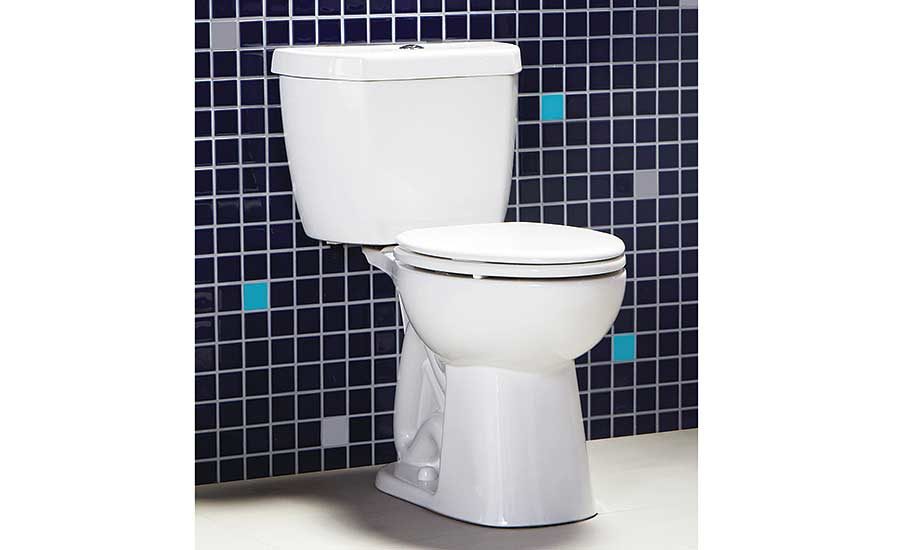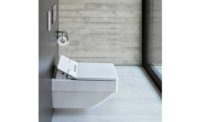We’ve all seen them — the ancient toilets that need to be replaced as part of an upgrade or remodel; the ones that use upwards of 3.5 to seven gallons of water per flush.
Thankfully, the standards have changed and the 1990s saw regulation to reduce the amount of water being used in both residential, multifamily and commercial toilets, mandating that toilets manufactured in the U.S. use no more than 1.6 gallons per flush.
This regulation has not only saved water, but also money for the consumer. The cost of water itself has risen astronomically. In arid and urban markets, the infrastructure that moves water is aging; as it does, municipalities pass the cost of maintenance and repairs along to customers.
Since 2012, the average water bill has increased by 31%, far outpacing the rate of inflation. Not only that, but municipal water providers are charging for both the water that goes into a home or building, as well as the water going out through the sewer. Toilets make up the highest use of water in an average home (24% of all water usage), so the more water a toilet uses, the bigger the impact on the overall cost to the consumer.
While water-saving toilets once carried a stigma that they wouldn’t flush as powerfully, recent technology innovations — driven by needed performance, regulations and environmental concerns — are resulting in toilet technologies that provide optimal water savings, efficiency and exceptional performance.
Different technologies
There are four major types of toilet technology to consider:
Gravity-fed toilets: Water is dropped from a close-coupled tank to flush down the waste. This is the most common and oldest type of toilet. It can also be a major cause of leaks. The flapper in a gravity-fed toilet is responsible for more than half of the leaks from indoor plumbing fixtures. This technology has marginal line carry.
Pressure-assist toilets: Water is forced from its holding tank with a burst of pressurized air, creating a very forceful, loud flush. However, it has exceptional line carry.
Vacuum-assist toilets: This is a gravity-fed toilet that utilizes a gravity-vacuum system to create a siphonic and jetted cleaning action that cleans the bowl. The vacuum system pulls waste and water from the bowl versus pushing it down. This technology also has exceptional line carry.
Dual-flush toilets: Most dual-flush toilets are gravity-fed, but some use vacuum-assist technology. The use of a full tank of water for solid waste, and a reduced volume of water for liquid waste.
Within these various technologies, there are several different types of flushes as well. A siphonic flush uses jets to force water into the bowl and trapway to create siphonic action that pushes waste down the bowl. A washdown flush features water released from an open rim to push the waste from the bowl. Toilets with this type of flush generally have larger trapway diameters, but very small waterspots in the bowl. Then there is a combination of the two.
A specifying engineer would be well served to recommend any of the more efficient toilet technologies. These will ensure that the end users of your projects are getting the best flush performance, meeting regulations and using as little water as possible with exceptional line carry — saving them money in the long run.
There are some considerations, however, which can impact the efficiency of a toilet. For an engineer specifying multifamily and hospitality projects, line carry is extremely important, and thankfully, you can still achieve exceptional line carry with some gravity, vacuum-assisted low flow toilets.
The condition of the plumbing system overall in the building can impact efficiency as well. While low-flow toilets can be more efficient and use less water, there could be drawbacks if the plumbing system is aged or in disrepair. A thorough evaluation of the plumbing systems should be conducted before making toilet recommendations to determine what issues could potentially arise, and how to avoid them.
No matter the project or situation, today’s innovative technologies provide several options for engineers to deliver toilet efficiency along with both water and cost savings.




